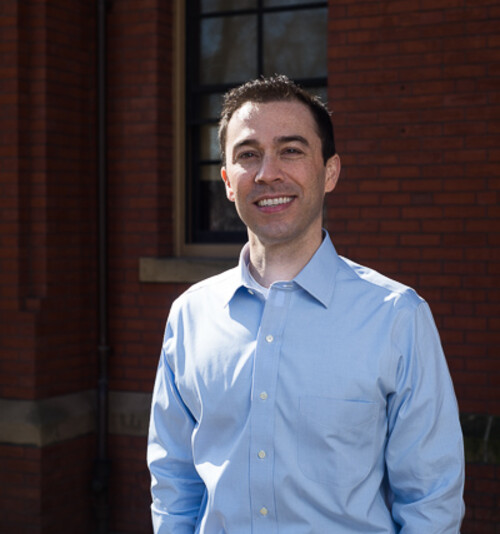David Roberson

While in his first year of medical school at the Technion in Haifa, Israel, David Roberson learned that his mother and stepfather had been critically injured in an airplane crash. On his flight back to the States, not sure if they would be alive when he arrived, he began to experience an extreme pain in his lower back. It was a kidney stone, and a urologist on board gave David the option of asking for an emergency landing, or passing the stone onboard the flight without pain medicine. David spent the next ten hours passing the stone in the worst pain imaginable. Even before he witnessed his parents’ long and difficult recovery from spinal trauma, then, he had a very personal interest in learning everything he could about the mechanism and treatment of pain.
“The cost of chronic pain in the US is over $600 billion every year,” David says. “That’s more than the cost of cancer, heart disease, and diabetes combined. But the treatments currently available are largely ineffective for most people. And the opioid drugs that work well for some can also cause devastating addiction.”
As a PhD student in Clifford Woolf’s lab at Boston Children’s Hospital, David is investigating a method for blocking pain signals using a combination of lidocaine and capsaicin, the “hot” ingredient in chili peppers. Both pain and itch are signaled by the same bundles of nerve fibers, and David is currently building on the lab’s previous work by advancing the treatment of chronic itch, a condition often just as miserable as chronic pain. In the process, David has settled a century-old debate, by demonstrating that the nerves responsible for pain and itch are actually distinct from each other. Now, he is at work on therapies targeting the itch nerves specifically. After finishing his medical training and his PhD in neuroscience, David plans to continue developing novel therapies for nervous system disease and injury.

